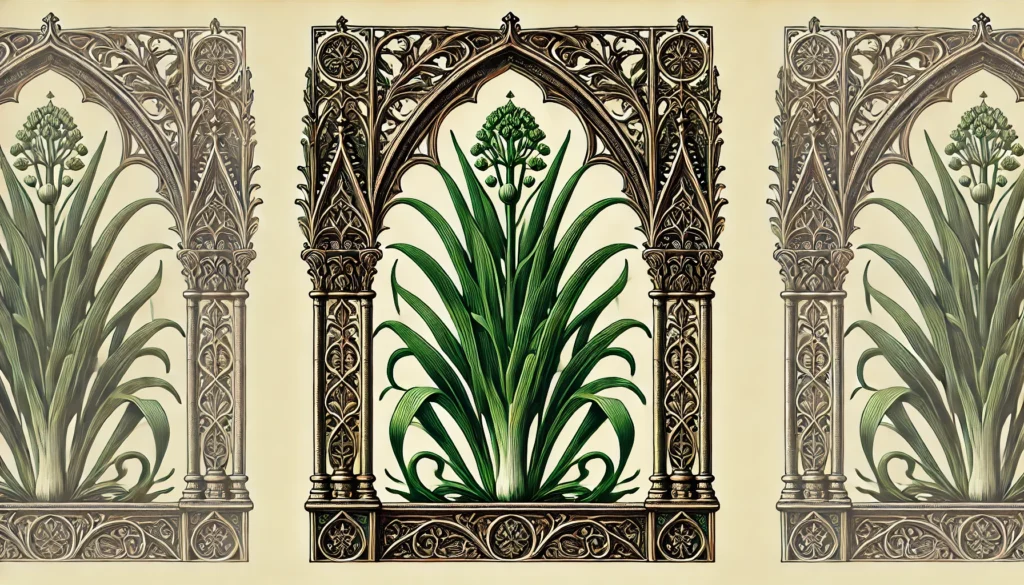

Home » Cat Plants » The Threat of the Leek Plant to Cats

Leeks (Allium ampeloprasum) are a member of the Allium family, which includes onions, garlic, and chives. While not a common allergen, leeks are considered toxic to cats if ingested. Leeks contain organosulfoxides that convert into sulfur compounds when chewed, leading to the breakdown of red blood cells and potentially causing hemolytic anemia.
This popular culinary herb is often found in home gardens and can be a tempting snack for curious felines.
Ingestion may cause mild gastrointestinal upset, but is generally not life-threatening.
Ingestion can result in mild symptoms like vomiting, diarrhea, or drooling. Rarely fatal but may require veterinary care.
Eating these plants can lead to more pronounced symptoms like abdominal pain, lethargy, or difficulty breathing. Veterinary intervention may be necessary.
Ingesting even small amounts can cause severe symptoms like organ damage, seizures, or cardiac failure without rapid treatment.
All parts of these plants are extremely poisonous to cats and can quickly lead to death, even with immediate veterinary care.
** Please note: Please note that toxicity level can vary based on the amount ingested and the specific cat. It's always best to keep these plants completely inaccessible to cats and seek immediate veterinary care or call the poison hotline if you suspect your cat has ingested any part of a toxic plant.
If your cat has ingested leeks, they may exhibit various symptoms, some of which may not appear immediately. Watch for the following signs:
If you suspect your cat has eaten leeks, it’s crucial to seek veterinary care promptly. Your veterinarian will likely follow these steps to diagnose leek poisoning:

A: Yes, the Leek Plant (Allium ampeloprasum) is highly toxic to cats. It belongs to the Allium family, which includes onions, garlic, and chives, all of which are harmful to cats.
A: Symptoms of Leek poisoning in cats include vomiting, diarrhea, weakness, abdominal pain, and lethargy. Severe cases may lead to hemolytic anemia, where red blood cells are destroyed.
A: Even small amounts of the Leek Plant can be dangerous to cats. The toxic compounds in leeks can lead to damage to red blood cells, resulting in severe health problems.
A: If your cat consumes any part of the Leek Plant, contact a veterinarian immediately. Quick intervention is essential to prevent severe anemia and other complications.
A: Yes, Leek poisoning can be fatal if left untreated. The destruction of red blood cells can lead to organ failure and death, making prompt veterinary care critical.
A: Yes, safer alternatives include carrots, green beans, and zucchini, which are non-toxic and safe for cats.
Leeks, native to the Mediterranean and Middle East, have been cultivated for over 3,000 years. Ancient Egyptians prized them, depicting leeks in tomb paintings. Romans spread leeks across Europe, with Emperor Nero earning the nickname “Leek-Eater” for his fondness of the vegetable.
Today, leeks remain popular in European and Asian cuisines. Valued for their mild, sweet flavor, they’re used in soups, stews, and as a standalone vegetable. While not as common in the U.S., leeks are gaining popularity for their ve
Please note: The information shared in this post is for informational purposes only and should not be considered as veterinary medical advice.
🐾 A hilarious or heart-melting cat video
🐾 Our latest paws-on review of a cool cat toy